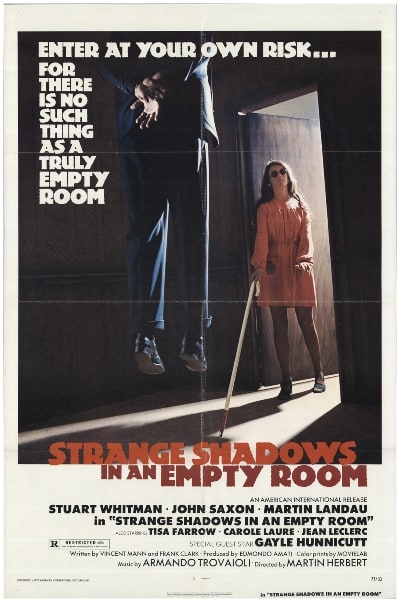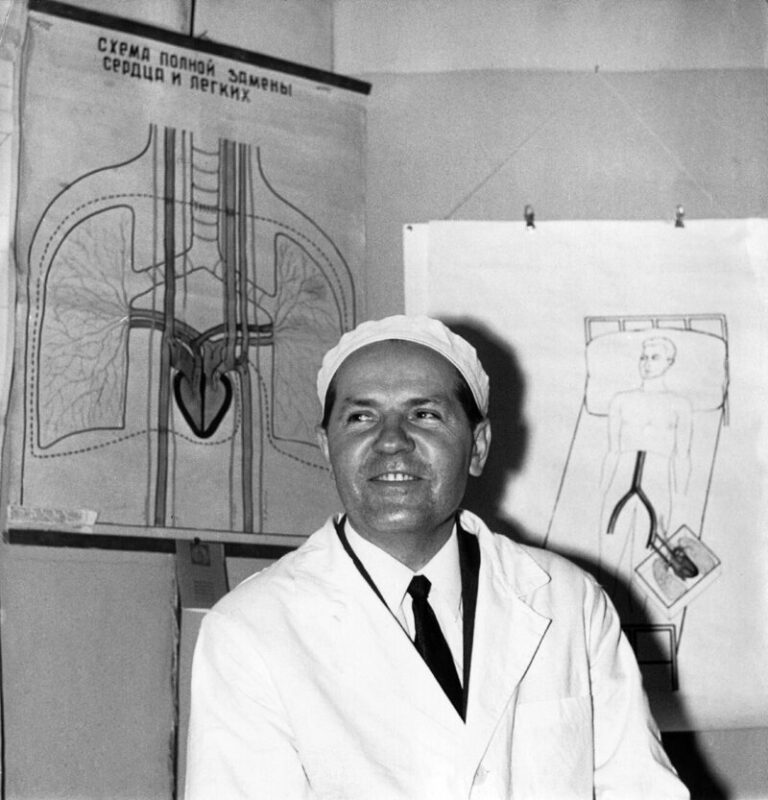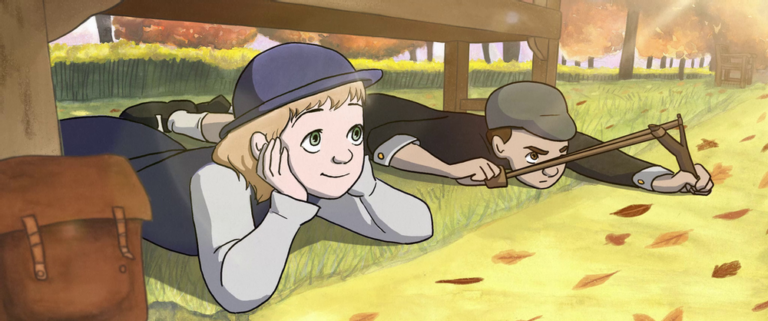‘Strange Shadows in an Empty Room’ Is a Canadian Whodunit With Attitude
Welcome to The Prime Sublime, a weekly column dedicated to the underseen and underloved films buried beneath page after page of far more popular fare on Amazon’s Prime Video collection. We’re not just cherry-picking obscure titles, though, as these are movies that we find beautiful in their own, often unique ways. You might even say we think they’re sublime…
“Sublime /səˈblīm/: of such excellence, grandeur, or beauty as to inspire great admiration or awe”
Sometimes you just gotta go for broke, and while the end results might not break through into the mainstream — or even be remembered forty odd years after its release — it’s ultimately the effort that counts. In theory. This week’s dive into the nether regions of Amazon Prime’s vast film offerings looks at just such an endeavor. Strange Shadows in an Empty Room (1976) mashes together two beloved Italian sub-genres with some over the top “bad-ass cop” shenanigans straight out of Hollywood and then dumps it all in the streets of a Canadian city. If you’ve already seen it then you know the film is something special despite its lack of standing in pop culture, and if you haven’t? Well you’re gonna want to get on that.
What’s it about?
Capt. Tony Saitta (Stuart Whitman) is a busy man, so when his younger sister Louise calls from the college she’s attending in Montreal he prioritizes the crooks at the end of his gun instead. Bad move, Tony. She’s dead before he can get back to her, dead from some kind of toxic reaction, and before the funeral’s even over Saitta is already declaring that she’s been murdered. Could it be the older doctor (Martin Landau) she was having an affair with? Was it the ex-boyfriend upset that she’d leave him for the star of Space: 1999? Or maybe it’s the conspicuous blind woman (Tisa Farrow)? Let’s not forget the fiery redhead sleeping with the doctor’s equally suspicious son. And hey, isn’t that John Saxon?
Louise isn’t the only one on the slab, though, as soon the bodies are piling up and the mystery grows. High on vengeance and low on patience, Saitta tears a violent swathe through the streets of Montreal looking for the killer. Faces are punched, cars are chased, glass is shattered, bodies are beaten, bullets are fired, bottoms are penetrated by hot curling irons — so yeah, just another few days in beautiful Canada.
What makes it sublime?
Strange Shadows in an Empty Room is more than a little rough around the edges at times, but that gritty, messy approach adds to its numerous charms as a film that blends a giallo with a poliziottesco into something wholly North American. An unseen killer offing victims, a dogged detective willing to burn down the city in pursuit, and some touches from both Hollywood and the Great White North make for a hell of a film that, while dated in some ugly ways, still delivers.
Director Alberto De Martino is no household name, but his extensive filmography is home to some truly fantastic titles including Terrible Sheriff (1962), The Man with Icy Eyes (1971), The Killer Is on the Phone (1972), and The Pumaman (1980). Have I seen them? No. But if they’re even half as entertaining as the titles themselves I’m stoked to check them out. He’s clearly not a filmmaker prone to subtleties and nuance, and instead he sends his lead into the action like a bull with a badge in the proverbial China shop and captures it all with an eye for the carnage. The script by Vincenzo Mannino and Gianfranco Clerici — genre veterans who collectively have written the likes of Eagles Over London (1969), The Bloodstained Butterfly (1971), Don’t Torture a Duckling (1972), Violent Naples (1976), Cannibal Holocaust (1980), The Last Shark (1981), The New York Ripper (1982), Devil Fish (1984), and Delirium (1987) — makes more than a few leaps in logic, but it offers up all the necessary pieces for a pretty unforgettable and violent mystery.

Saitta’s typical approach is to come up on someone in a threatening manner, immediately devolve into violence including brutal beat downs, people tossed through glass doors, furniture smashed left and right, and only then flash his badge to ask them a few questions. This inevitably leads to some thrilling action beats including brawls, foot chases, and a truly stellar car chase. It’s a nine-minute sequence through the streets of Montreal, from highway to surface streets to hill sides, and both cars are smashed to shit along the way. De Martino reportedly looked to his love of jazz for inspiration instead of storyboards and simply improvised the entire thing, and it’s evident in one shot of both cars flying through the air that’s played four times for our enjoyment. The whole thing also ends as only a Canadian car chase could — with a polite conversation. Seriously. After nearly ten minutes of vehicular mayhem, both cars flip and skid down the street. Saitta crawls out of his car and pulls the suspect to his feet, and then…
Cop: “Something I can do for ya?”
Suspect: “I’d like directions to the nearest restaurant.”
Cop: “Sure, and I’m sorry about the scratches, but I need some information first.”
Suspect: “If I got it it’s yours.”
Madness. It happens another time too as Saitta bursts into an apartment, gets in a fight with three opponents at once, gets dangled off the building, punches someone through a glass door after being punched through one himself, shoves a hot iron into a rectum, tosses someone in a pool, and *then* identifies himself as a cop… to which the final guy responds by simply answering his questions. It’s bonkers, but this confrontation also brings up the film’s dated ugliness. The guys he’s fighting here are a trio of drag performers, possibly transvestites, who Saitta and his cop buddies crack a few jokes about. It’s no different from Clint Eastwood’s Harry Callahan casually encouraging a gay man to commit suicide and is instead a sign of the times, but it’s still ugly. Curiously, the film offers some balance to the behavior — not only do the drag performers give Saitto a run for his money, but another character tells him off and accuses him of passing judgment on those whose lives he’ll never understand. He’s not entirely convinced, but kudos to the film for giving that idea a voice.
The mystery at the heart of the film entertains even if it does seem to be missing some connective tissue at times. Getting from A to Z in ten moves means something has to go, but while the logic gaps might confuse the film quickly recovers each time with some new turn or action beat. Performances are as you’d probably expect, but there’s great fun to be had keeping track of the suspicious glances between suspects — Saitta will mention something, and the film cuts to various characters nervously staring at each other. It’s almost as of they’re screaming “I’m guilty!” despite only one of them actually being so.
And in conclusion…
It’s not hard to see why Strange Shadows in an Empty Room failed to connect with movie goers over the years as its lack of star power and jumbled nature leaves it lacking the pizzazz beloved by the masses. I’m here to say it deserves your time, though, as fans of entertainingly gritty 70s fare will find a lot to love here. The action is on point, the mystery is suitably convoluted, the cast is good fun, and certain choices are guaranteed to keep viewers on their toes. Oh, and did I mention the killer holds a newborn infant at knife-point? Classic Canadian shenanigans.
Want more sublime Prime finds? Of course you do.





